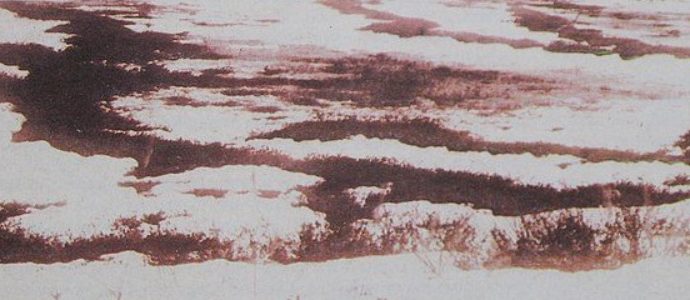The Mystery Behind What Caused the Tunguska Explosion May Have Been Solved
Russian scientists believe that a piece of decorative glass that sat in the bottom of a schoolteacher’s fish tank for the past 35 years might have been a part of the meteor that caused the Tunguska event, a multi-megaton explosion that occurred over Russia’s remote Tunguska region in 1908. Ifread more
